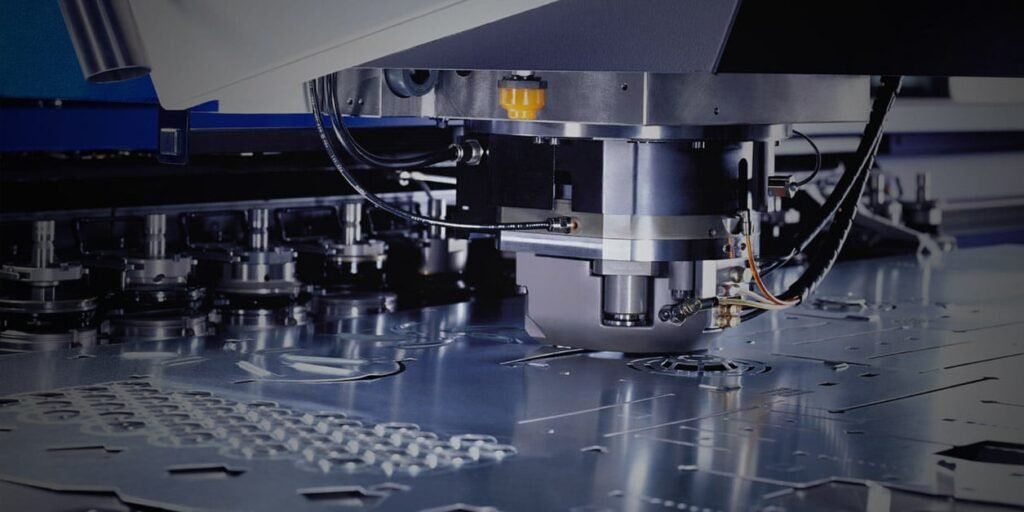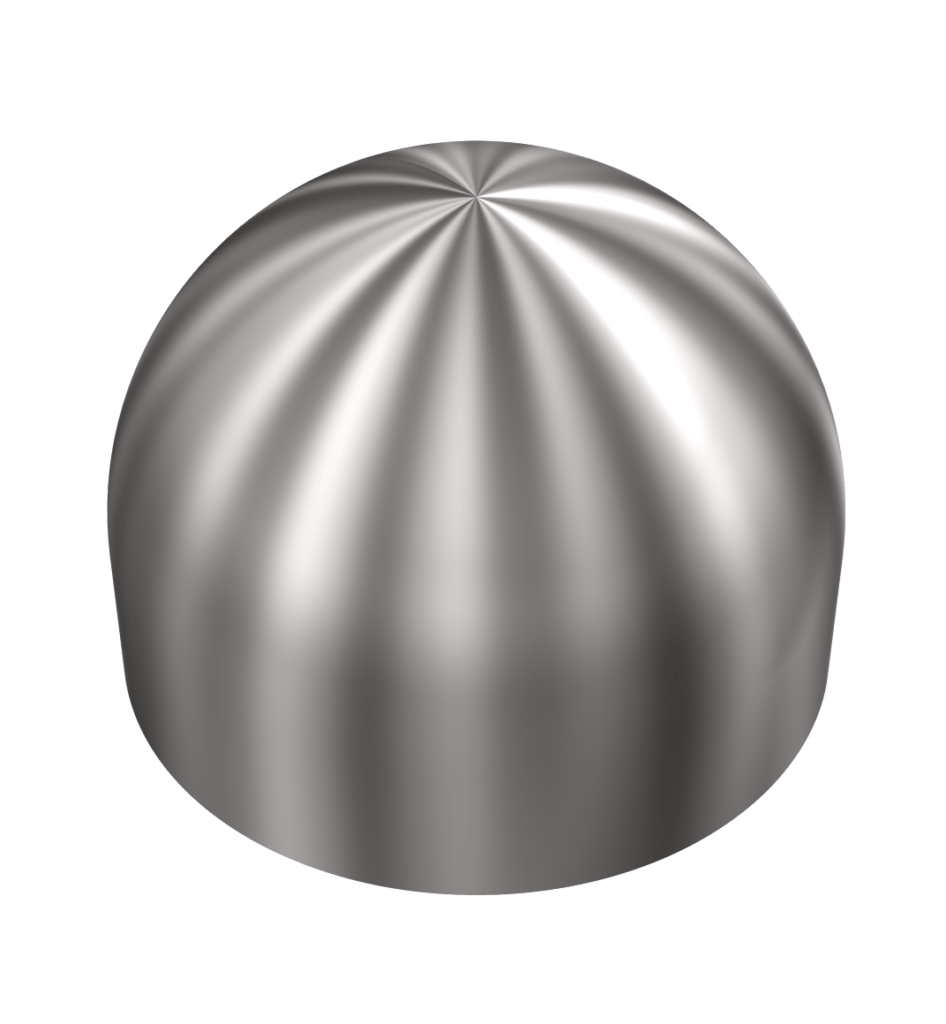
Benefits of Using Stainless Steel Inox Cones
Stainless steel inox cones, a marvel of metalwork that baffles and surprises like a magician at a circus. These polished and gleaming cones offer more than meets the eye – they’re tough, resistant to rust, and can brave the elements with the determination of an unyielding warrior in a storm. As the masterful metal spinner Roger Smith once mused, “Stainless steel inox cones are the unsung champions of the metalworking domain – robust yet refined, much like a sturdy pair of work boots.”
In terms of advantages, these cones are akin to the Swiss Army knife of metalworking; versatile enough to handle scorching temperatures without flinching, ideal for projects requiring both heat resistance and finesse. Like a loyal companion by your side, stainless steel inox cones can be manipulated into any shape imaginable – whether it’s a delicate vessel or a sturdy industrial component. Echoing the sentiments of acclaimed designer Jane D: “Stainless steel inox cones are like chameleons in metal form – adapting gracefully to any circumstance with style and sophistication.”
With meticulous craftsmanship and skillful execution, stainless steel inox cones transcend mere metallic properties to embody artistry and human innovation. Just as skilled sculptors breathe life into blocks of marble through their expertise, metal spinners infuse raw materials with creativity to craft enduring pieces that withstand time’s relentless march. In an ever-evolving world driven by design and progress, finely-crafted metal remains an emblem of strength, beauty, and resilience – serving as a steadfast reminder that excellence endures through all trials and tribulations.
How Metal Spinning Works
Metal spinning is a mesmerizing ballet between the raw material and the skilled artisan, where the metal elegantly dances and transforms into complex shapes under the expert hands of the spinner. It all commences with a plain sheet of metal tightly secured on a lathe, poised to undergo a remarkable metamorphosis. As the lathe twirls the metal with finesse, the spinner deftly employs tools and pressure to sculpt and contour it into a stunning masterpiece. It’s almost like sorcery, but with metal.
The ancient art of metal spinning has endured for centuries, tracing back to civilizations such as the Egyptians and Romans who harnessed this method to fashion elaborate vessels and embellishments. This craft demands patience, exactitude, and an acute attention to detail. In the words of renowned metal spinner Oscar Wilde: “I have simple tastes; I am always satisfied with only the best.” And within the realm of metal spinning, excellence is our pursuit crafting pieces that are not merely utilitarian but also masterpieces in their own enigmatic essence.
Advantages of Metal Spinning Over Other Techniques
Metal spinning, oh, it’s like a mesmerizing dance in the world of metalworking. Intriguing, precise, and just a hint of enchantment. But what sets metal spinning apart from the rest? It’s like the magician of shaping metal – simple tools with endless possibilities. You don’t need a high-tech machine; just a lathe, some strength, and a touch of finesse. As Richard Sennett once mused, “Craftsmanship embodies an enduring human desire to excel at one’s work for its own sake.” And that is precisely what metal spinning embodies – the art of mastering a task beautifully.
Furthermore, metal spinning offers you the freedom to create shapes and forms that other methods can only imagine. It’s like molding clay but with a whirling lathe as your tool. Remember: “With great power comes great responsibility” – here lies the power to fashion intricate designs with utmost precision out of metal. No wonder metal spinning has stood the test of time; it remains an ageless craft that continues to captivate and push boundaries. So next time you admire a finely spun piece of metalwork, appreciate the artistry and expertise poured into crafting it – there is more than what meets the eye in this realm of metal spinning. And therein lies its allure.
Different Types of Metal Spinning Techniques
Venturing into the realm of metal spinning, one can’t help but be captivated by the myriad techniques that lend this craft its mesmerizing allure. Prepare yourself for a whirlwind journey as we delve into the dizzying world of spins that will leave you breathless with anticipation.
Let’s start with the timeless art of hand spinning. This method demands a steady hand, keen attention to detail, and an abundance of patience. As the metal sheet twirls on the lathe, skilled artisans wield handheld tools to mold it with exquisite precision. A seasoned metalworker once proclaimed, “Even the most basic tool can work wonders in the hands of a master craftsman.” Embarking on a few rounds of hand spinning will undoubtedly deepen your appreciation for this ancient form of craftsmanship.
Now, let’s pivot towards CNC metal spinning – an innovative twist on tradition. This cutting-edge technique infuses a hint of contemporary magic into age-old practices. Through computer programming, automated tools shape the rotating metal sheet on the lathe in perfect harmony. Witnessing this synchronized dance between man and machine is truly awe-inspiring. Remember: “Technology may be a mere instrument; however, when it comes to fostering collaboration and motivation among individuals, nothing surpasses human guidance.” Whether you gravitate towards the artisanal finesse of hand spinning or embrace CNC’s mechanical precision, each approach possesses its own unique charm and complexities that beckon exploration.
Applications of Stainless Steel Inox Cones
Let us delve into the realm of stainless steel inox cones, shall we? These enigmatic beauties possess a multitude of uses that rival even the most versatile tools in existence. Like elusive phantoms, they are sleek and adaptable, ready to conquer any task presented before them. Whether your project demands ornate embellishments or sturdy industrial components, rest assured that these cones will rise to the occasion.
Imagine this: you find yourself engrossed in a project requiring intricate precision and meticulous attention to detail. It is here that these stainless steel inox cones truly shine like radiant stars amidst a sea of darkness. Their flawless surfaces and resilience against extreme conditions make them ideal for crafting elaborate architectural marvels that leave onlookers spellbound. As the revered artisan Bob Ross once remarked, “We do not err; we simply create serendipitous masterpieces.” With these cones at your disposal, success is more probable than failure – turning your endeavor into a work of art rather than a calamitous mishap.
Challenges Faced in Metal Spinning
The world of metal spinning is a wild and unpredictable one, much like a roller coaster ride without the proper safety precautions. Achieving perfect symmetry in metal spinning is akin to balancing a spoon on your nose after too many cups of coffee – it’s a challenging task, but not entirely impossible. As the wise words of a metalworking legend echo in our minds, “Perfection may be out of reach, but striving for it can lead us to excellence.” And so, we continue to chase after that elusive perfect cone or cylinder, knowing that each piece brings us closer to perfection.
Another daunting challenge in the realm of metal spinning is overcoming those pesky “wrinkles” that plague our creations. They appear unexpectedly like unwelcome party crashers, marring the smooth surface we worked so hard to achieve. It feels like battling against nature itself armed only with a lathe and sheer determination. Yet, as an old spinner once murmured softly,”In every difficulty lies an opportunity.” We spinners view these wrinkles not as failures but as chances to showcase our problem-solving skills and resilience. After all, it’s the obstacles along the way that make the journey truly intriguing and worthwhile.
Tips for Choosing the Right Metal Spinning Company
Navigating the treacherous waters of the metalworking realm to find the perfect metal spinning company may seem like a Herculean task, but fret not, dear reader, for I am here to serve as your beacon in this fog of uncertainty. When embarking on this quest, it is crucial to keep a few key factors in mind.
First and foremost, seek out a company with an illustrious history of unparalleled excellence. As the legendary Henry Ford once mused, “Quality means doing it right when no one is watching.” So delve deep into their archives of past projects and see if they measure up to your lofty standards of craftsmanship.
Furthermore, do not underestimate the power of effective communication. As someone who values witty banter as much as a finely honed spindle, I cannot stress enough the importance of clear and open lines of dialogue with your chosen company. Ensure that they grasp your vision and requirements with crystal clarity to prevent any future missteps. Remember, as the age-old adage goes: “Good communication is invigorating like black coffee you’ll be hard-pressed to catch some shut-eye afterwards.” A company that listens attentively to your needs is indeed worth its weight in precious metals… or should I say… stainless steel!
History and Evolution of Metal Spinning
The enigmatic art of metal spinning, also known as spin forming or metal turning, delves into a labyrinthine history that spans across centuries. Whispers of ancient Egyptians skillfully manipulating raw materials with primitive techniques to craft intricate ceremonial artifacts and opulent vessels echo through the annals of time. As the industrial revolution unfurled its wings, metal spinning emerged as a cornerstone in manufacturing realms, lauded for its unparalleled versatility and cost-effective nature.
A sage observer once mused, “Metal spinning is akin to sorcery – behold a flat disc of metal one moment, only to witness it metamorphose into an exquisite form the next.” The narrative of metal spinning transcends epochs, transitioning from laborious manual endeavors to an elegant symphony between traditional artistry and contemporary technological advancements. The advent of computer numerical control (CNC) machines heralded a new chapter in the saga of metal spinning, ushering in an era characterized by enhanced precision and efficiency in crafting intricate shapes and designs.
Another perceptive mind opined that metal spinning embodies a delicate dance between human ingenuity and mechanical prowess; where creative fervor melds seamlessly with technical acumen to transmute mundane materials into functional masterpieces. The evolution of metal spinning ceaselessly pushes boundaries and kindles flames of innovation, reshaping our perceptions regarding the role played by metals in our quotidian existence.
Future Innovations in Metal Spinning Technology
Have you ever pondered what lies ahead in the realm of metal spinning technology? Prepare yourself for a journey filled with unpredictability and excitement! With breakthroughs in materials science and manufacturing methods, the potential seems boundless. As the esteemed engineer Charles Kettering once remarked, “My curiosity lies in the future as that is where I will spend the rest of my days.” And let me tell you, the metal spinning industry is hurtling towards a future brimming with creativity and resourcefulness.
Envision this: a fusion of nanotechnology and metal spinning. Yes, you heard correctly! Picture crafting intricate designs on a minuscule scale utilizing metal spinning techniques. It’s akin to manipulating a gigantic lathe to produce works that would astonish even Da Vinci himself. In the words of Leonardo da Vinci, “Simplicity is ultimate sophistication.” The amalgamation of precision in metal spinning with the complexity of nanotechnology epitomizes sophistication. The trajectory of metal spinning isn’t merely about molding metal; it’s about fashioning masterpieces that challenge one’s imagination. Therefore, brace yourselves because we are just witnessing the inception of an era-defining revolution in metal spinning.


